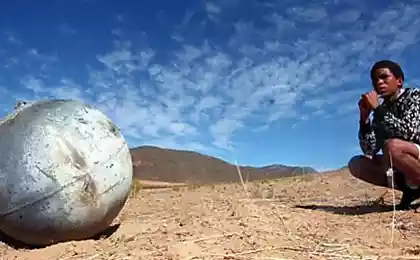806
Project Loon from Google is ready to launch balloons
Head of Project Loon engineer Mike Cassidy announced that his team came close to the launch of balloons into the atmosphere. On this, the findings and the current state of affairs, he said in a small video released a few days ago. A test run of the system will be carried out to ensure LTE-communication in remote areas of Australia and New Zealand.
On an industrial approach to the project indicates that the project engineers have taken care to create a special automated production themselves balloons. Cassidy says that at the beginning of the team needed three or four days to make a balloon. Now the process has changed dramatically: production of balls occupied automated line, which can produce about a dozen balls a day.
All last year, the project was in the testing phase, following which a team of engineers announced the successful completion of his. For example, it was found that the balloons can be in the air long enough without damage due to the influence of an aggressive environment of the upper atmosphere. The most successful from this point of view, the ball under the code name "Marathon" in the air lasted 134 days.
Projects to launch aerial vehicles to provide access to the Internet in recent years proved to be very popular - they are engaged in many of the leading players in the technological market. In addition to Google, the idea of developing Elon Musk, planning to launch 700 satellites into orbit. He also intends to step a little further and do "connectedness" of Mars. Earlier this year, the head of the Virgin's Richard Branson also said , that his company will launch communication satellites in 2400 and with the aim of planetary access to the Internet. Tried to do similar projects to Facebook, intending to acquire the company for the production of drones Titan Aerospace, but Google bought this company faster. In the end, Mark Zuckerberg decided to use the more conservative ways to connect people to their social network.
Source: geektimes.ru/post/249304/























